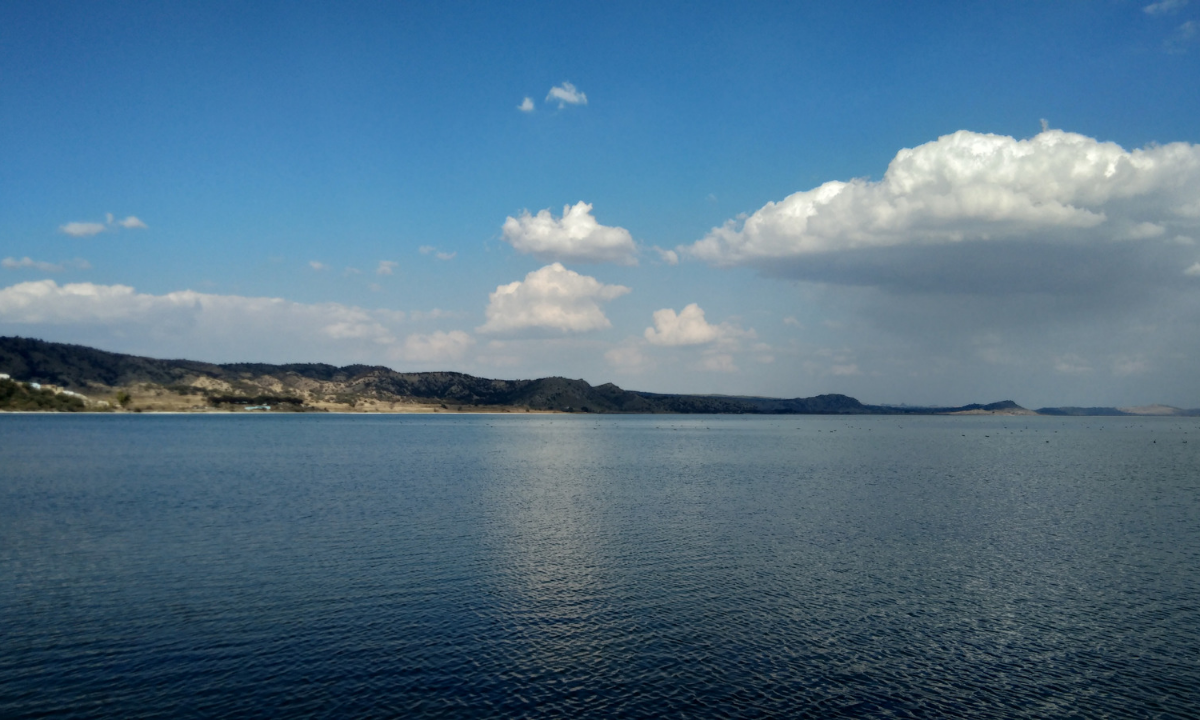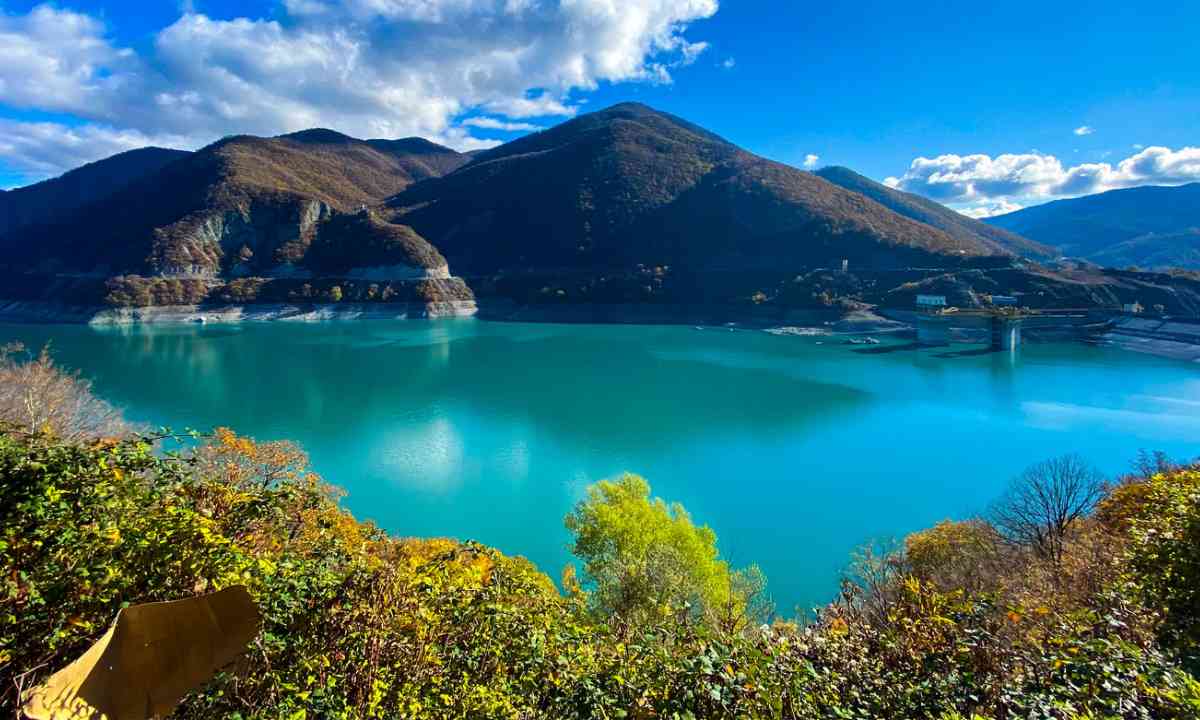A recent study published in the journal Science has shed light on the concerning state of the world's largest lakes and reservoirs, revealing a significant decline in water storage that poses a threat to global water security. The research, conducted by a collaborative team of scientists from the University of Colorado Boulder, the United States, France, and Saudi Arabia, extensively analyzed satellite data spanning almost three decades. Their findings indicate that 53 per cent of these water bodies have experienced a decrease in water storage, resulting in a staggering loss of 603 cubic kilometres of water. To put it into perspective, this volume is equivalent to 145 cubic miles or 17 times the amount of water found in the largest reservoir in the United States, Lake Mead.

The study identifies climate change and unsustainable water consumption as the primary culprits behind this alarming trend. Rising global temperatures, attributed to climate change, intensify evaporation rates and reduce precipitation levels in various regions, ultimately leading to water loss from lakes. Additionally, the researchers highlight the impact of human activities, particularly excessive water consumption, in contributing to the decline. Sedimentation was also identified as a factor affecting drying reservoirs.
One intriguing revelation from the study challenges the widely accepted notion that wet regions become wetter and dry regions become drier under the influence of climate change. Surprisingly, both wet and dry areas worldwide have witnessed a decrease in lake volume, emphasizing the broader and unpredictable consequences of climate change on lake ecosystems. Losses in water storage have been observed in diverse locations, ranging from humid tropical lakes in the Amazon to Arctic lakes, indicating the far-reaching effects of this global phenomenon.
While the majority of lakes and reservoirs examined in the study displayed declining water levels, approximately a quarter of these water bodies exhibited significant increases in water storage. Notable examples include the expansion of alpine lakes in the Tibetan Plateau, driven by the retreat of glaciers and thawing permafrost.
The study underscores the critical importance of actively monitoring and addressing water security concerns related to lakes and reservoirs, as these bodies of water store a staggering 87 per cent of the Earth's liquid freshwater. Urgent action is needed to implement sustainable consumption practices and mitigate the effects of climate change to ensure the availability of water resources in the future. The researchers emphasize that the repercussions of drying lakes will extend to societies worldwide, emphasizing the need for responsible stewardship of water resources.
© Copyright 2023. All Rights Reserved Powered by Vygr Media.
























